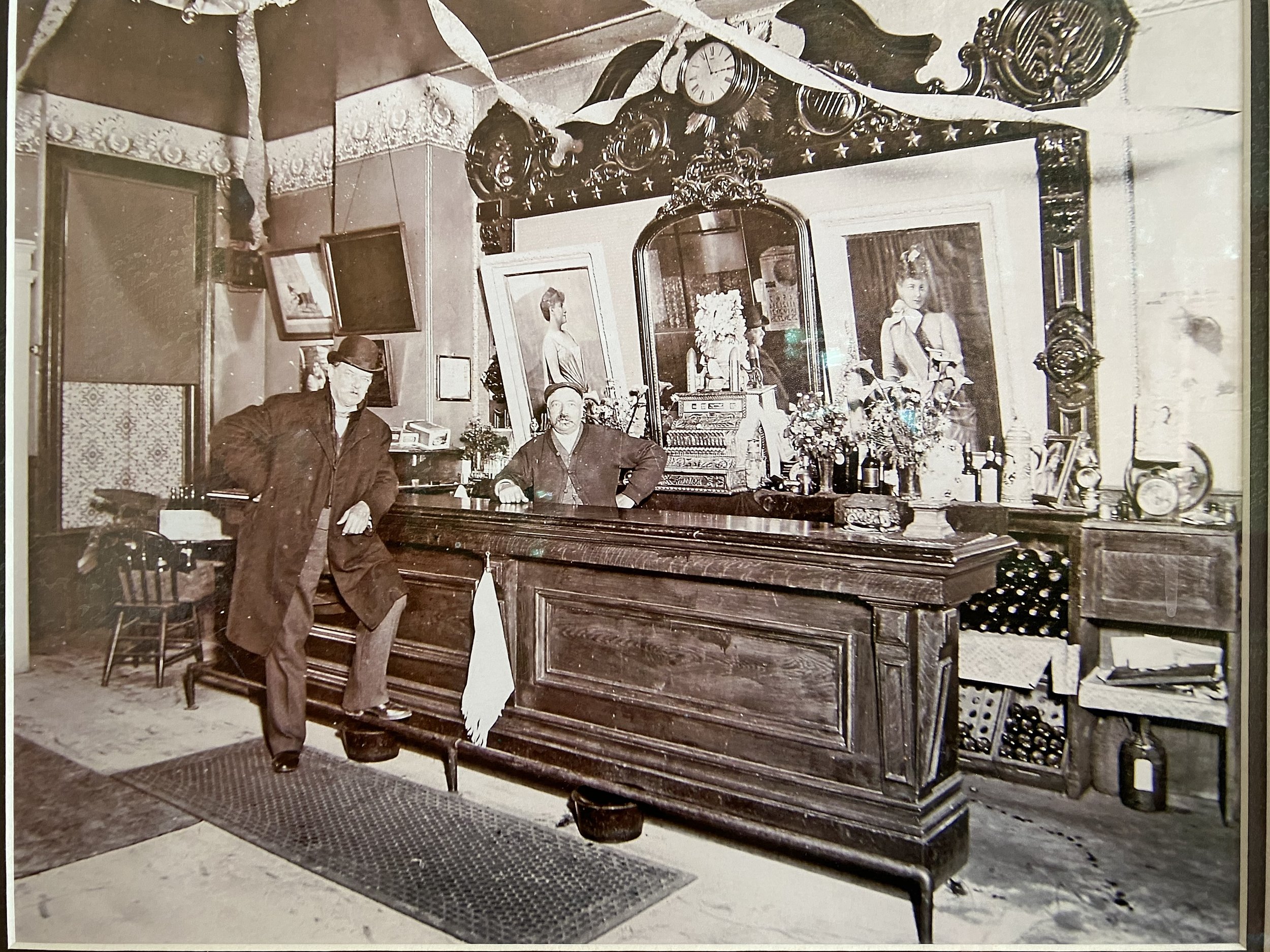
Framework
I’m certain many would question my writing process. Without any prior experience, I had no clue where to begin. So I started with an idea and a skeleton outline. I at least knew where I wanted the story to begin and end, and a little of what would happen in between.
I had these fabulous old photos and a little information from the family that owned them. I searched the family history, communicated with the historical society near where the photos were taken, and discovered far more of forgotten times than I ever dreamed!
Newspaper clippings, more information from the family, plus a lot of online searches to gain insight into the events and behaviors relevant to my chosen setting and circa, and I suddenly found words filling in the body of my scant outline. I was thrilled when I had twenty-five pages. I was on a roll!
The pattern continued as the story evolved. Each discovery, or “aha” moment, fueled a writing frenzy taking my characters to the next pivotal moment. The journey was exhilarating! If there was a gap in scenes or plot, I would leave it stew while I worked on other parts of the story. I actually wrote the first and last chapters ahead of the rest, then let the body of the story fill itself in with each revelation.
This was the process for my first novel. I don’t know if I would have done it any differently, had I known at the beginning what I know now. The thrill of working through a scene and letting the story build itself around historical events has been addictive, to say the least.
My understanding is that one should get the bulk of the story out, then go back to adjust, edit, correct, etc. That first effort is affectionately known as the “zero draft” or “vomit draft”. Zero people will see it. Just spew it all out there, then go back and clean it up.
I know of a few accomplished authors who will shake their heads when I say that I went back to the beginning and corrected my mistakes as soon as I learned something new in a class. “Oh dang! I used passive tense! Gotta fix that!” It was fresh in my mind, and I wanted to make the changes immediately, then carry the new knowledge forward as I continued to develop the story. What I found by doing that, was that those changes got me re-immersed my story and inspired me to carry through the next scenes. I got a lot done with this edit-in-progress method.
What I do know is this: there really is no wrong way to write. It will not come out perfect at first. There will be plenty of re-writing, editing, expanding and pruning to make your work shine. It’s worth the time and effort.
There are many tools available to help you organize your thoughts, research, and chapters. I started out in Word because it was the document program I was familiar with. When I reached 65 pages, I tired of scrolling to get between chapters, then opening another file to look at saved research, and another file to review my notes. I explored some of the various writing apps available to help me simplify the process.
I chose to work with Scrivener, which is an app created for long writing projects. Part of the decision was based on the 30-day free trial, which means thirty days of use, not thirty calendar days from when downloaded. In addition, I listened to episodes of the podcast “Write Now with Scrivener”, which helped me understand how authors of a myriad of genres used the app in their work. I also appreciate its affordability. Use is not based on monthly subscription like some of the others.
I strongly suggest finding a writing program that will support your style of writing and enable you to create and edit efficiently. It will make a world of difference in developing your framework and moving throughout your story.